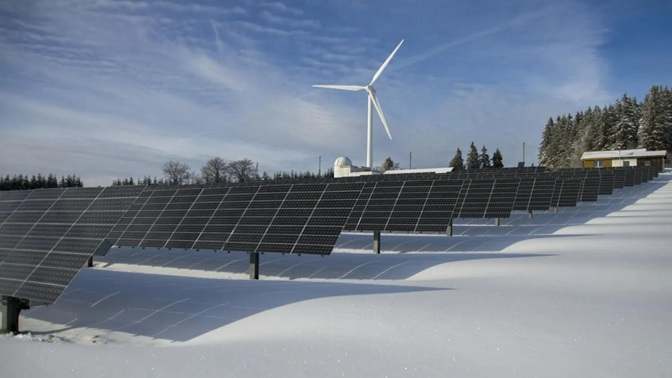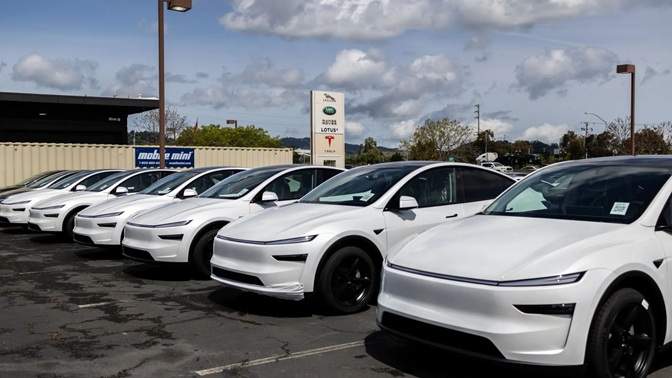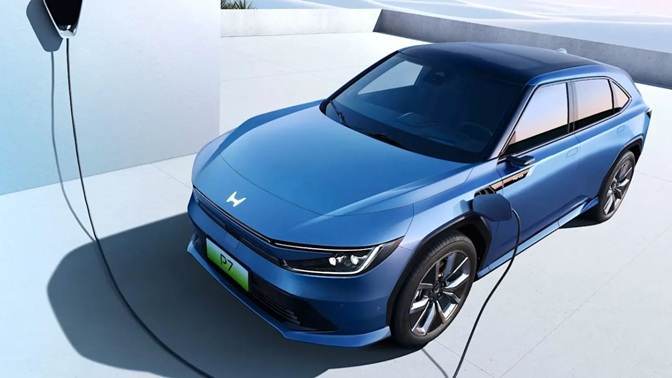The U.S. energy landscape is shifting rapidly, with renewable energy sources—especially solar—playing a dominant role in the nation’s power generation growth over the next two years. According to the latest report from the U.S. Energy Information Administration (EIA), solar power is set to experience substantial expansion, while other sources like wind and nuclear will see moderate increases. Meanwhile, coal is continuing its decline as more plants retire. Let’s break down these important energy trends and what they mean for the future of electricity in the U.S.

Solar Power: The Brightest Star in Energy Growth
Solar power has emerged as the frontrunner in the U.S. electricity sector, with massive capacity additions expected in the coming years. The EIA’s Short-Term Energy Outlook (STEO) predicts that utilities and independent power producers will install 26 gigawatts (GW) of solar capacity in 2025, followed by an additional 22 GW in 2026. This comes after a record-breaking year in 2024, when the sector added 37 GW—almost double the solar capacity added in 2023.
The surge in solar energy can be attributed to decreasing costs of solar panels, improved efficiency, and government incentives aimed at promoting clean energy adoption. With solar becoming more accessible and affordable, it is poised to be a key player in the transition to a greener power grid.
Wind Energy: Steady but Slower Growth
Wind power is also seeing growth, albeit at a slower pace than solar. The EIA projects that wind capacity will increase by 8 GW in 2025 and 9 GW in 2026. While these numbers are slightly up from the 7 GW added in 2024, wind energy is not expanding as aggressively as solar. This is due to various challenges, including permitting hurdles, transmission infrastructure limitations, and fluctuating market conditions.
Despite these obstacles, wind remains a crucial part of the renewable energy mix and continues to provide significant contributions to the nation’s electricity generation.
Natural Gas: Still the Backbone of U.S. Power Generation
Even with the rapid growth of renewables, natural gas remains the dominant energy source in the U.S. In 2024, natural gas-fired power plants generated 1,767 billion kilowatt-hours (kWh), accounting for about 42% of the country’s electricity supply. However, the EIA forecasts a slight decline in natural gas generation in the coming years, with production expected to drop by 3% in 2025 to 1,712 billion kWh and another 1% to 1,692 billion kWh in 2026.
The slight decline in natural gas usage can be attributed to the increasing contribution of renewables and the push for cleaner energy solutions. However, natural gas will likely remain a critical component of the energy mix, providing reliability and backup power when renewable sources fluctuate.
Coal: The Fastest Declining Energy Source
Coal’s role in U.S. electricity generation is diminishing rapidly. The EIA reports that 6% (11 GW) of coal power capacity will be retired in 2025, followed by another 2% (4 GW) in 2026. This marks an acceleration in coal retirements, as only 3 GW of coal capacity was removed in 2024—the lowest annual retirement rate since 2011.
With stricter environmental regulations, aging infrastructure, and the growing competitiveness of renewables, coal is becoming less viable as a long-term energy source. As a result, its share in the power generation mix is expected to shrink further in the coming years.
Nuclear Energy: A Stable and Reliable Source
Nuclear energy remains a steady contributor to the U.S. power grid. In 2024, nuclear power plants generated 781 billion kWh, with output expected to increase slightly by 2% to 796 billion kWh in 2025 and another 1% to 800 billion kWh in 2026.
While nuclear energy does not experience the same rapid expansion as renewables, it plays a crucial role in providing consistent, low-carbon electricity. Many policymakers and industry leaders continue to advocate for nuclear as a key part of the clean energy transition.
The U.S. power sector is undergoing a significant transformation. Here are the key takeaways from the EIA’s latest forecast:
- Solar energy is driving the most substantial growth, with record-breaking capacity additions expected in the next two years.
- Wind energy continues to grow, though at a slower rate than solar.
- Natural gas remains the largest source of electricity, but its share is expected to decline slightly as renewables expand.
- Coal is on a rapid decline, with more power plants shutting down in favor of cleaner alternatives.
- Nuclear power remains steady, providing a reliable source of carbon-free electricity.
As the U.S. continues its transition to cleaner energy, the role of renewables will only become more significant. With advancements in solar and wind technology, coupled with supportive policies and infrastructure development, the future of U.S. power generation looks increasingly green. The next few years will be critical in shaping an energy landscape that is not only more sustainable but also more resilient and cost-effective for consumers.
PEOPLE WHO READ THIS, ALSO READ




